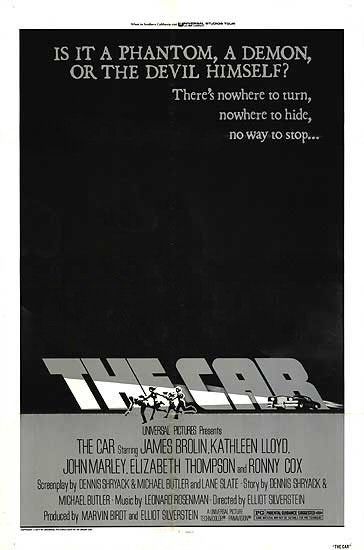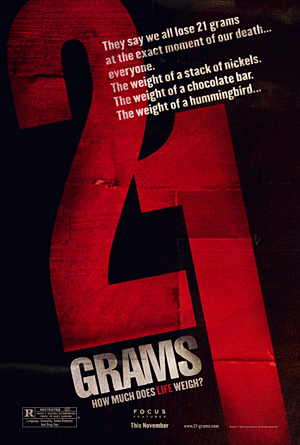Welcome to Retro Television Reviews, a feature where we review some of our favorite and least favorite shows of the past! On Wednesdays, I will be reviewing the original Love Boat, which aired on ABC from 1977 to 1986! The series can be streamed on Paramount Plus!
This week, it’s disco, high school, and alcoholism on The Love Boat!
Episodes 1.18 and 1.19 “Alas, Poor Dwyer/After the War/Itsy Bitsy/Ticket to Ride/Disco Baby”
(Dir by Roger Duchowny, originally aired on February 3rd, 1979)
It’s time for the Haney High class reunion and one of the school’s most beloved graduate, Julie McCoy, has arranged for her former classmates to celebrate their 10-year reunion on the Pacific Princess!
This was a special double-sized episode of The Love Boat. (It was split into two episodes for syndication.) Along with being twice as long, this episode also features twice as many guest stars and a twice as much romance and drama. It turns out that Haney High’s Class of ’69 was a large one indeed.
(It’s not really made clear as to whether everyone on the cruise is there for the reunion or if there are passengers on the cruise who are just trying to enjoy a vacation. I have to say that I would be a bit annoyed if I boarded a cruise just to discover that it was being used for someone else’s loud and crowded high school reunion. Seeing as how the entire boat has been decorated with signs welcoming the “class of Haney High,” I hope that it was just Hany High alumni on the cruise. Otherwise, some people definitely ended up feeling left out of all the fun.)
Along with being a supersized episode, quite a bit of this episode was filmed while the ship was on an actual cruise. (The Love Boat would always take one or two actual cruises during each season. That was one reason why so many actors were eager to be on a show that was never really a critical favorite.) As a result, the characters in this episode spend far less time in their cabins than usual. Instead, almost every scene takes place on one of the decks. The ocean looks lovely. A scene where Doc talks to Gopher and Isaac features a striking sunset in the background.
As for the storylines, it’s a little bit hard to know where to start with this episode. Not only did the passengers all get storylines but so did Captain Stubing, Doc Bricker, and Julie McCoy. I guess as good a place to start as any would be with Malcolm Dwyer (Raymond Burr), the high school’s beloved drama teacher. Mr. Dwyer boards the ship and, rather than talk to any of his former students, he immediately starts drinking. It quickly becomes apparent to everyone that Mr. Dwyer has a drinking problem. He’s haunted by the fact that, rather than becoming a star himself, he instead just became a teacher. Fortunately, Captain Stubing immediately realizes what is going on with Mr. Dwyer and he takes it upon himself to help. When Mr. Dwyer demands to know why Stubing cares so much about his drinking, the Captain lets down his guard and reveals that he too is an alcoholic.
This episode was the first time that the show directly acknowledged that Captain Stubing was a recovering alcoholic, though it was something that was occasionally hinted at. While Raymond Burr occasionally seems to be trying too hard to turn Mr. Dwyer into a grandly tragic figure, the scene where the Captain talks about his alcoholism is still a surprisingly poignant moment. Gavin MacLeod really captures the vulnerability of the moment as the normally reserved Captain opens up about something in which he takes no pride. Gavin MacLeod was, himself, a recovering alcoholic and, when he warns Dwyer about his drinking, it’s obvious that it’s not just Captain Stubing talking to a passenger. It’s also Gavin MacLeod talking to the show’s audience. It’s a surprisingly poignant moment.
Speaking of poignant moments, Jack Forbes (John Rubinstein) is on the cruise with his wife, Kathy (Judi West). When Jack sees Mike Kelly (Michael Cole), he freaks out. Mike was the king of Haney High, the high school quarterback with a bright future ahead of him. In school, he was Jack’s best friend. After they graduated, both Jack and Mike received their draft notices. Mike went to Vietnam and returned in a wheelchair. Jack fled to Canada with Kathy. When Jack sees Mike, he feels ashamed of himself and lies about what he did during the war. Jack worries that, if everyone finds out that he was a cowardly draft dodger, they’ll toss him overboard.
(To be honest, if Jack should be worried about anything, it should be running into the guy who got sent to Vietnam in his place. When someone dodged the draft, that meant someone else has to go in his place and that person was usually someone who didn’t have the resources to just pick up and leave the country.)
With Kathy’s encouragement, Jack finally confesses to Mike and Mike tells Jack that he already knew. Mike forgives Jack and, again, it’s a surprisingly poignant moment. John Rubinstein and Michael Cole both gave heartfelt and committed performances and the show approached the issue with the type of nuance that I don’t most people would necessarily expect from an episode of The Love Boat.
While this is going on, Doc is spending the cruise with Bitsy (Conchata Ferrell). When Doc saw Bity’s high school yearbook photo, he insisted that Julie sit him up with her. (Yeah, that’s not creepy at all.) Doc is shocked to discover that Bitsy has gained weight since high school. Gopher and Isaac give Doc a hard time for dating Bitsy during the cruise. After getting to know her and discovering her quick wit, Doc announces that Bitsy is beautiful even if she is “chubby” and, believe it or not, as bad as it is to read about it, the whole thing feels even more cringey and awkward when you watch the episode. This was another storyline that existed to confirm that Doc and Gopher were walking HR nightmares.
Meanwhile, Wendy (Kim Darby) is trying to figure out which one of her former classmates anonymously paid for her ticket and sent her a love poem. Was it Ross Randall (Christopher George), who is now a television star? Was it former class clown Pete DeLuca (Kelly Monteith)? Or was it the class hippie, Jason Markham (Bob Denver)? What was odd about this storyline was that the cruise was for Julie’s ten-year class reunion but both Christopher George and especially Bob Denver were obviously quite a bit older than the other members of their class. (If either one of them was 28, one can only assume they spent the past decade drinking 24/7.) Ross, at one point, talked about how Mr. Dwyer was the teacher who inspired him but Ross appeared to be roughly the same age as Mr. Dwyer. It was weird but hey, that’s The Love Boat!
As for who sent Wendy the ticket, it turned out that her secret admirer was her husband, Tom (David Landberg). Tom and Wendy were separated so Tom decided to send her on the cruise so she could find someone better. (That’s the saddest thing I’ve ever written.) In the end, Wendy realizes that she still loves Tom. Yay!
Finally, Julie is super-excited because her ex-boyfriend, Joey (Michael Lembeck), is on the cruise. Joey is now a disco instruction (yay!) and he works with Sherry (Lisa Hartman), who was the most popular girl at Haney High. Julie wants to rekindle her romance with Joey but it soon becomes clear that Sherry has feelings for Joey too. Sherry even asks Julie to back off a little when it comes to Joey. However, when Gopher and Isaac take a break from fat-shaming Bitsy and Doc, they encourage Julie to fight for what she wants. Julie pursues Joey even more aggressively. In the end, Julie, Joey, and Sherry all realize that Joey and Sherry belong together but it was still interesting to see Julie in a less than heroic role for once.
Of course, the best thing about the Julie/Joey/Sherry love triangle is that it featured disco! Joey not only taught everyone how to dance but he also turned the ship’s ballroom into a huge discotheque. By the end of the episode, everyone was dancing while a disco version of the Love Boat theme played. It was great!
As you may have guessed, I really enjoyed this episode. Yes, the stuff with Bitsy was cringey and it was annoying that Bitsy never got a chance to really stand up for herself and tell everyone to just accept her for who she was. (Conchata Ferrell was an actress who was at her best when she was telling people off.) But the rest of the episode was surprisingly well-written and acted and the fact that the cast and crew went on an actual cruise while filming only added to the fun. If nothing else, this episode showed why the cruise industry continues to go strong, despite all of the shipwrecks, hijackings, and pandemics that have plagued it for the past few decades. This was a fun episode, one that definitely made me want to set sail for adventure!






